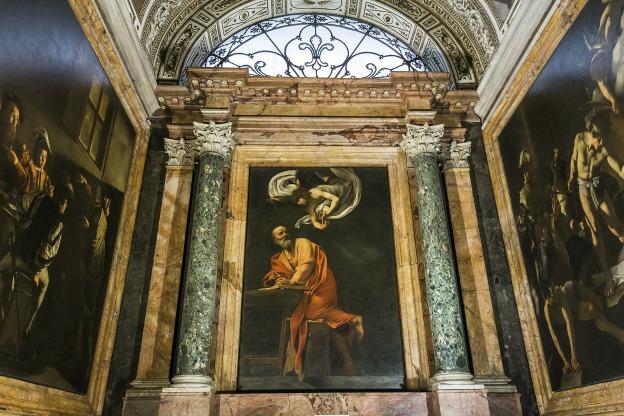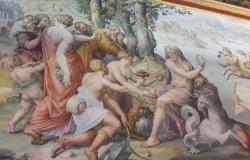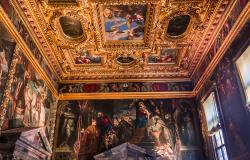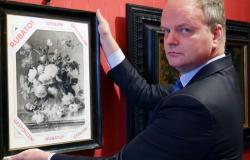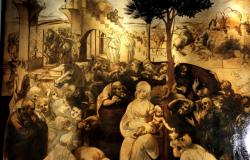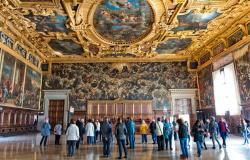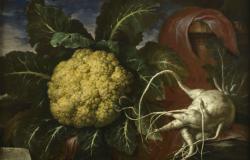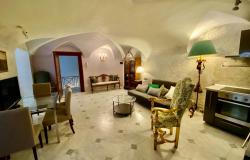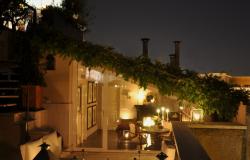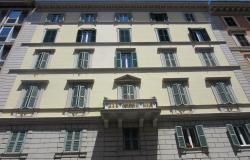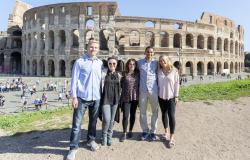Michelangelo Merisi, better known as Caravaggio, from the name of the town near Milan where he was born, was one of Italy’s most influential painters between the 16th and 17th centuries.
Caravaggio pioneered the chiaroscuro technique (the use of bold contrasts between light and dark), combined with an intense realism and naturalism, giving paintings an overall dramatic, almost theatrical effect. His style would greatly influence Baroque painting.
Caravaggio moved to Rome in his early twenties and spent many years in the city painting for the new churches and buildings being built at the time. He became known both for his unconventional art and for his unconventional lifestyle, which often put him in trouble – in fact, in 1606, he fled Rome after killing a man during a brawl. He would never return and died in mysterious circumstances in Tuscany four years later.
Here’s a Rome itinerary focusing on Caravaggio’s art in churches and museums. You can visit the three churches below and the Borghese Gallery in a day (set aside a few hours for the Borghese Gallery because it houses exceptional works of art). You should see the following palaces on different days.
Begin at the Church of San Luigi dei Francesi on the piazza by the same name, near Piazza Navona. Inside you will find one of the artist’s most famous commissions: the decoration of the Contarelli Chapel. Located on the left aisle, it consists of three paintings dedicated to the life of St. Matthew: over the altar is The Inspiration of Saint Matthew, on the left The Calling of Saint Matthew, and on the right The Martyrdom of Saint Matthew. When delivered in 1600, they caused an immediate sensation and many young painters looked to him for inspiration. One of the three original works, called Saint Matthew and the Angel, depicted the saint as a bald peasant with dirty legs struggling to write his epistles, helped by an angel whose intervention seems more direct than divine, as it guides the saint’s hand. This earlier version of the painting was rejected and Caravaggio came up with a more idealized one to satisfy his client, the French Cardinal Matteo Contarelli. The original painting was destroyed during World War II and only photographic reproductions remain.
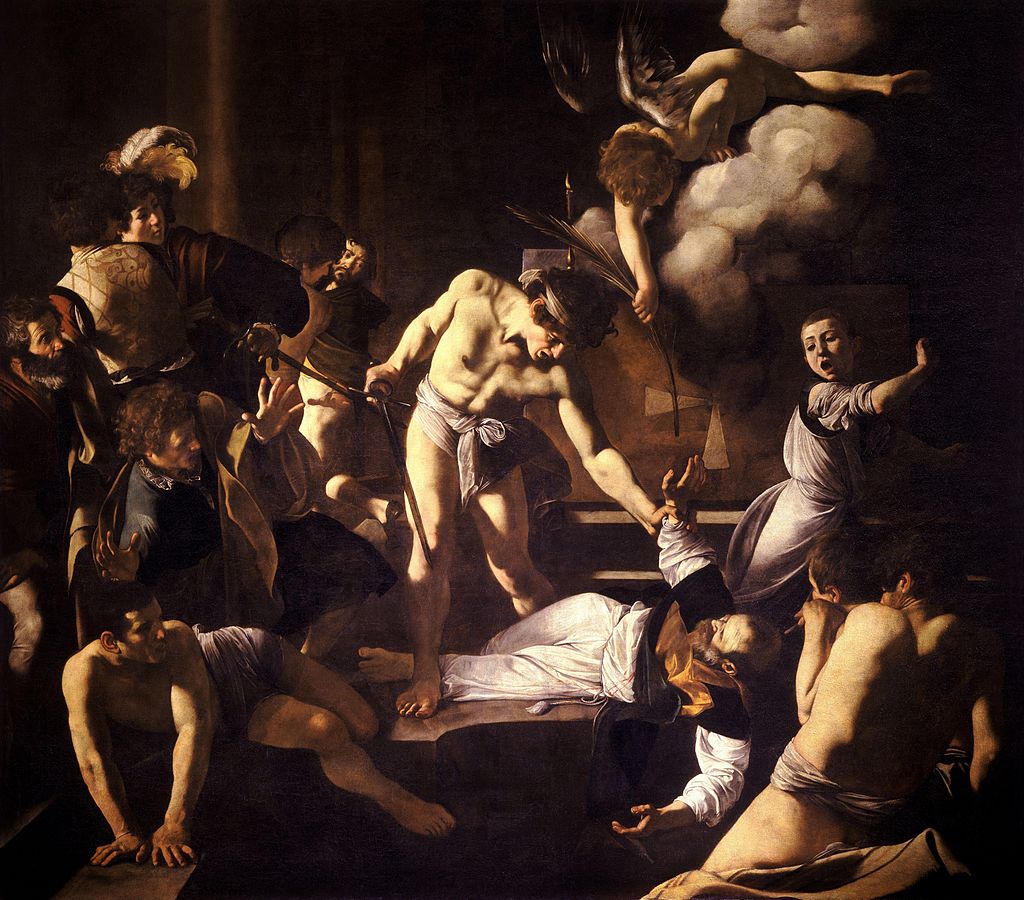
[The Martyrdom of Saint Matthew]
Walk to nearby Basilica of Sant’Agostino, a Renaissance church housing Caravaggio’s famous Madonna di Loreto (1604-1606) in the Cavalletti Chapel. The painting, which depicts a barefoot Virgin Mary holding Jesus by a decrepit wall of flaking brick, caused an uproar. The Virgin Mary could be any woman. Like in other paintings, Caravaggio paints a scene where the divine meets common people (in this case, the admiring, also barefoot, pilgrims), but the divine looks just like the everyday common man or woman.
 [Conversion of Saint Paul on the Way to Damascus]
[Conversion of Saint Paul on the Way to Damascus]
Continue to the Basilica of Santa Maria del Popolo, located on the famous piazza by the same name. Two works by Caravaggio (besides works by Raphael, Bernini, Pinturicchio and Bramante) are found in the Cerasi Chapel: The Conversion of Saint Paul on the Way to Damascus and The Crucifixion of Saint Peter, both painted in 1601. Just like Saint Matthew and the Angel before them, the original versions of these paintings were rejected. In the original Conversion (now in the private collection of the Odescalchi Balbi family), the saint was upstaged by the more prominent figure of the horse. The second Conversion, which depicts the moment when Saul, soon to be the apostle Paul, fell on the road to Damascus overcome with the spirit of Jesus, still features the horse prominently. Both paintings were meant to symbolize Rome’s devotion to the saints Paul and Peter. The Basilica was the first to welcome pilgrims entering the city from the north and the paintings depicting these two important apostles served as propaganda against the threat of Protestantism.
From Piazza del Popolo continue to the outstanding Borghese Gallery. Some of the masterpieces by Caravaggio you can admire here are Boy Peeling Fruit (his earliest known painting), Boy with a Basket of Fruit (also an early painting and demonstration of the artist’s realistic approach), Saint Jerome Writing, John the Baptist, the controversial Madonna, Child and Serpent, and Young Sick Bacchus (supposedly a self-portrait done during convalescence from a serious illness), David with the Head of Goliath, where Goliath's severed head may be another self-portrait of the artist.

[St. Jerome writing]
Another art gallery holding masterpieces by Caravaggio is the Doria Pamphilj Gallery in the Palazzo Doria Pamphilj, located between the Via del Corso and Via della Gatta. Here you will find the Penitent Magdalene, Rest on the flight into Egypt and St. John the Baptist. For the Penitent Magdalene, the real-life model was a prostitute (Caravaggio was known to have used several prostitutes as models for his works). This was another controversial painting, decidedly unconventional both for its contemporary realism and for its departure from traditional Magdalene iconography.
Palazzo Barberini, on the piazza by the same name, houses the Galleria Nazionale d'Arte Antica, one of the most important painting collections in Italy. There are two Caravaggios here, one of them being Judith and Holofernes, another one to cause a stir for its violence and raw realism. It was so influential that numerous artists after him recreated it, the most famous being perhaps the one by female artist Artemisia Gentileschi. The second painting inside the Palazzo Barberini is Narcissus.

[Judith Beheading Holofernes]
Finally, when you are at the Vatican Museums, make sure you see Caravaggio’s Deposition of Christ, one of the very few by the artist that gained general approval and admirations even by his contemporaries. This painting was originally made for the Church of Santa Maria in Vallicella on Corso Vittorio Emanuele, which now displays a copy. The Deposition is Caravaggio’s most monumental work.
